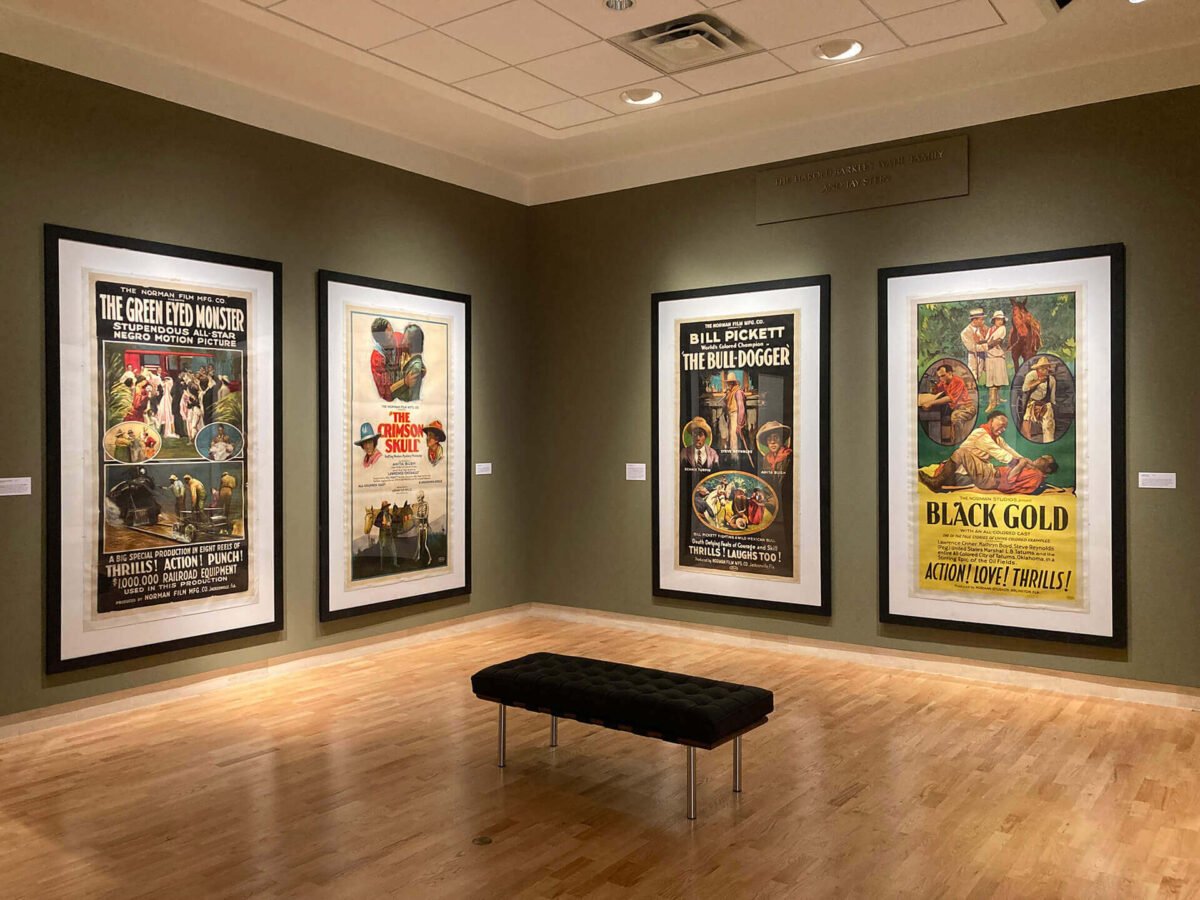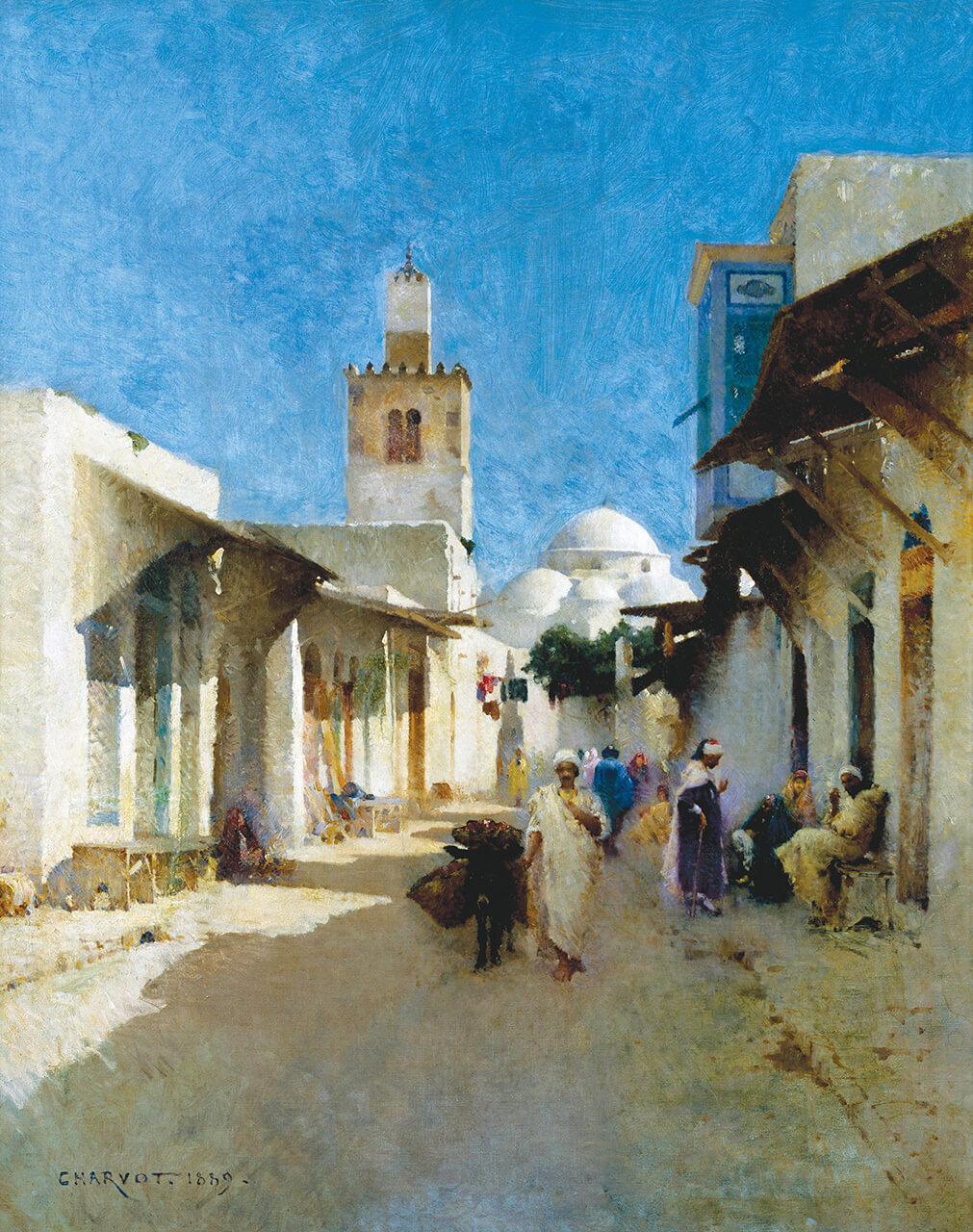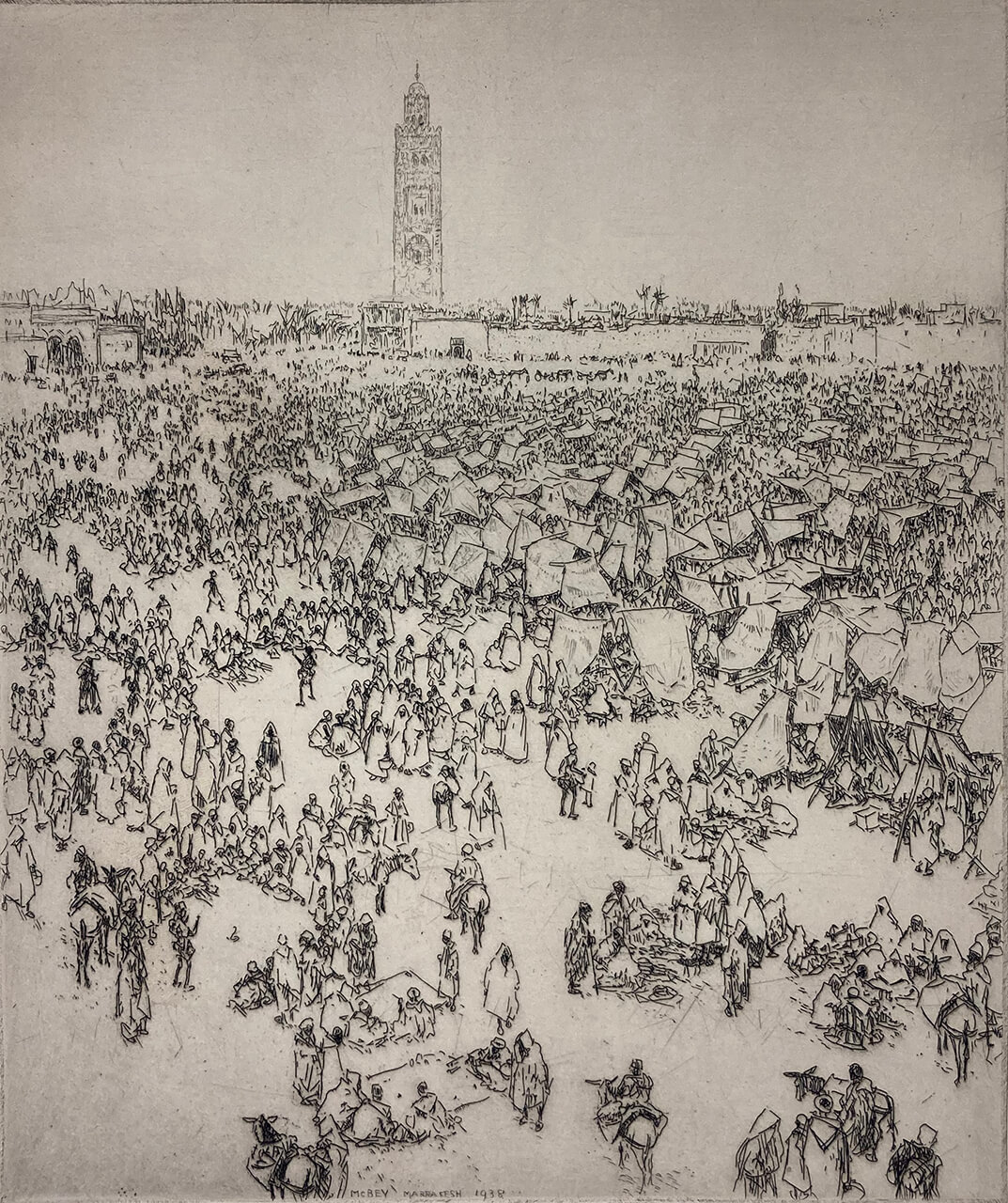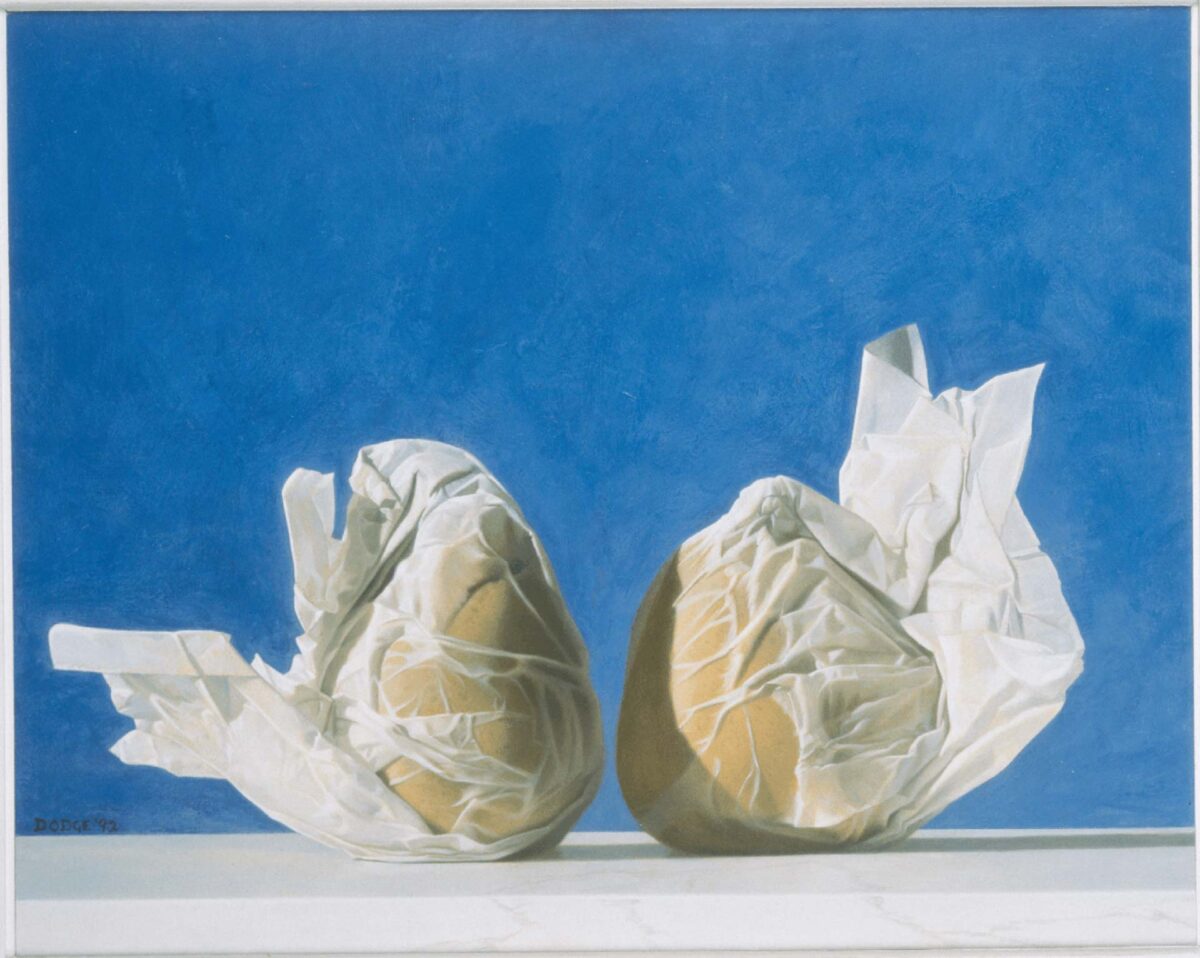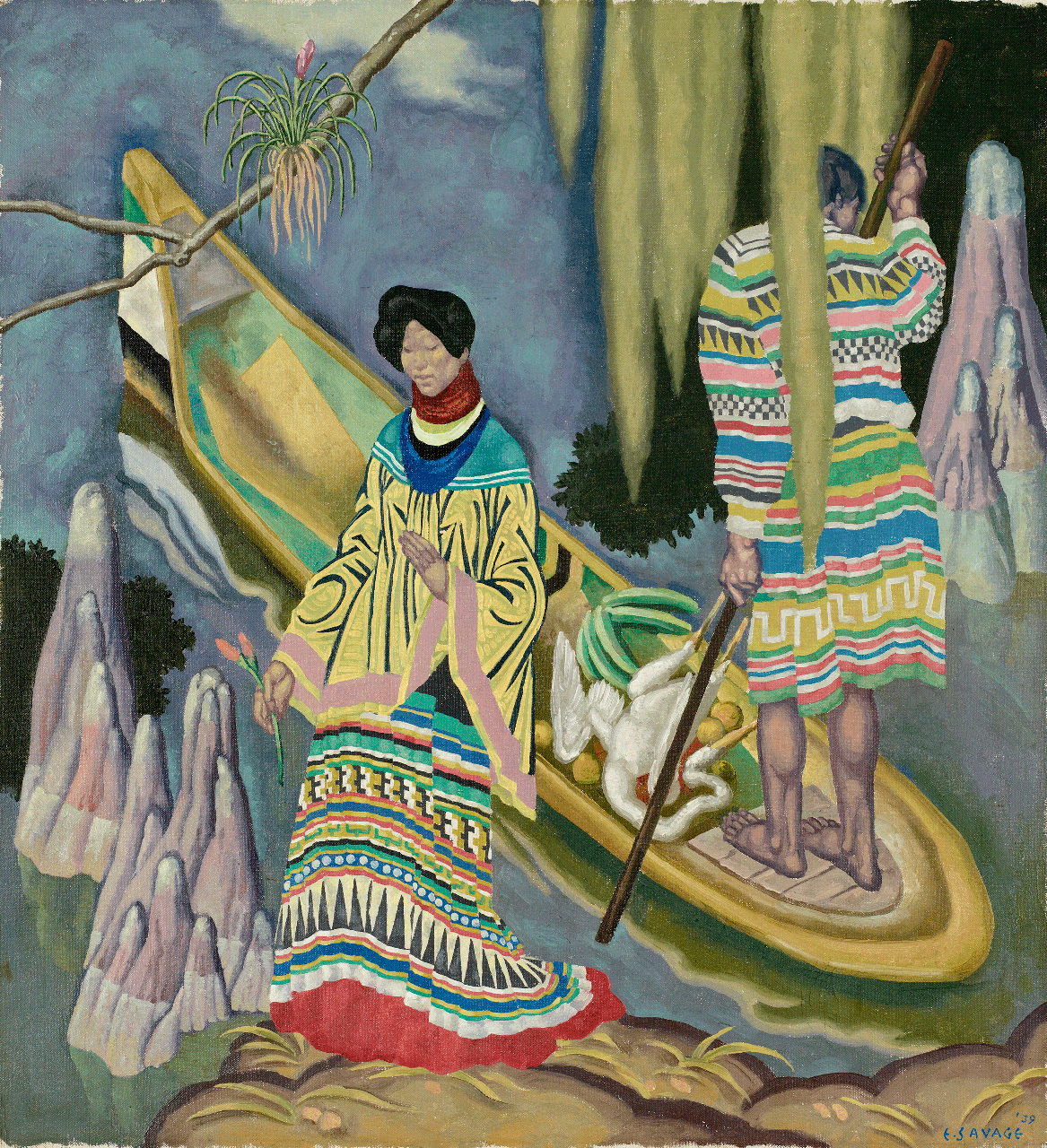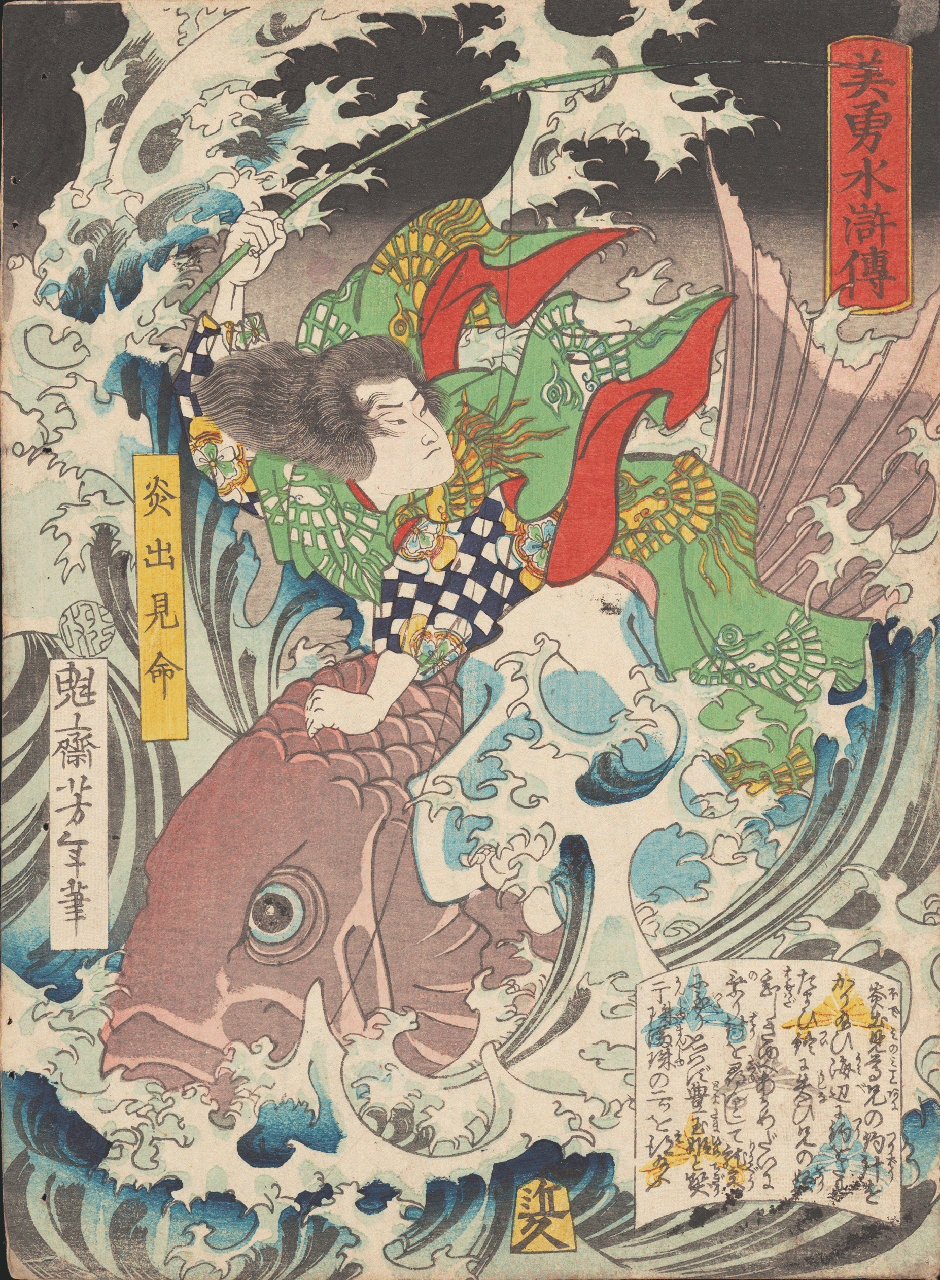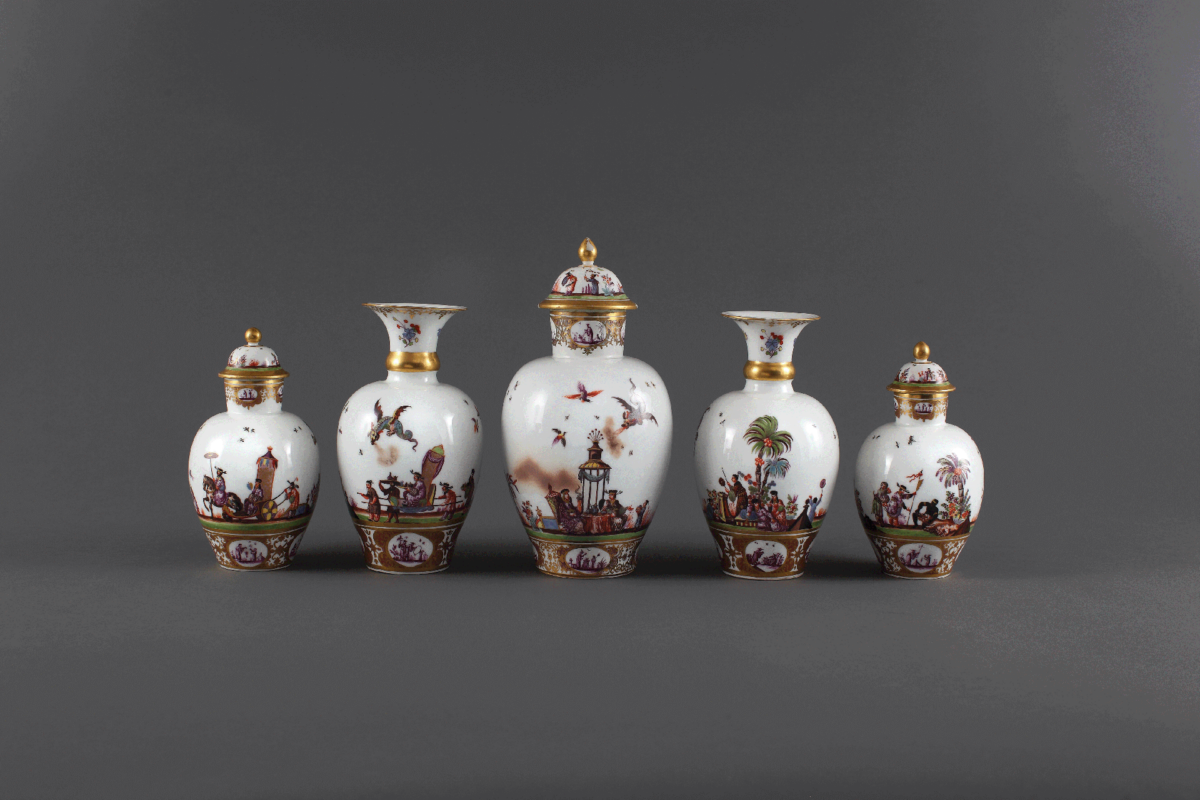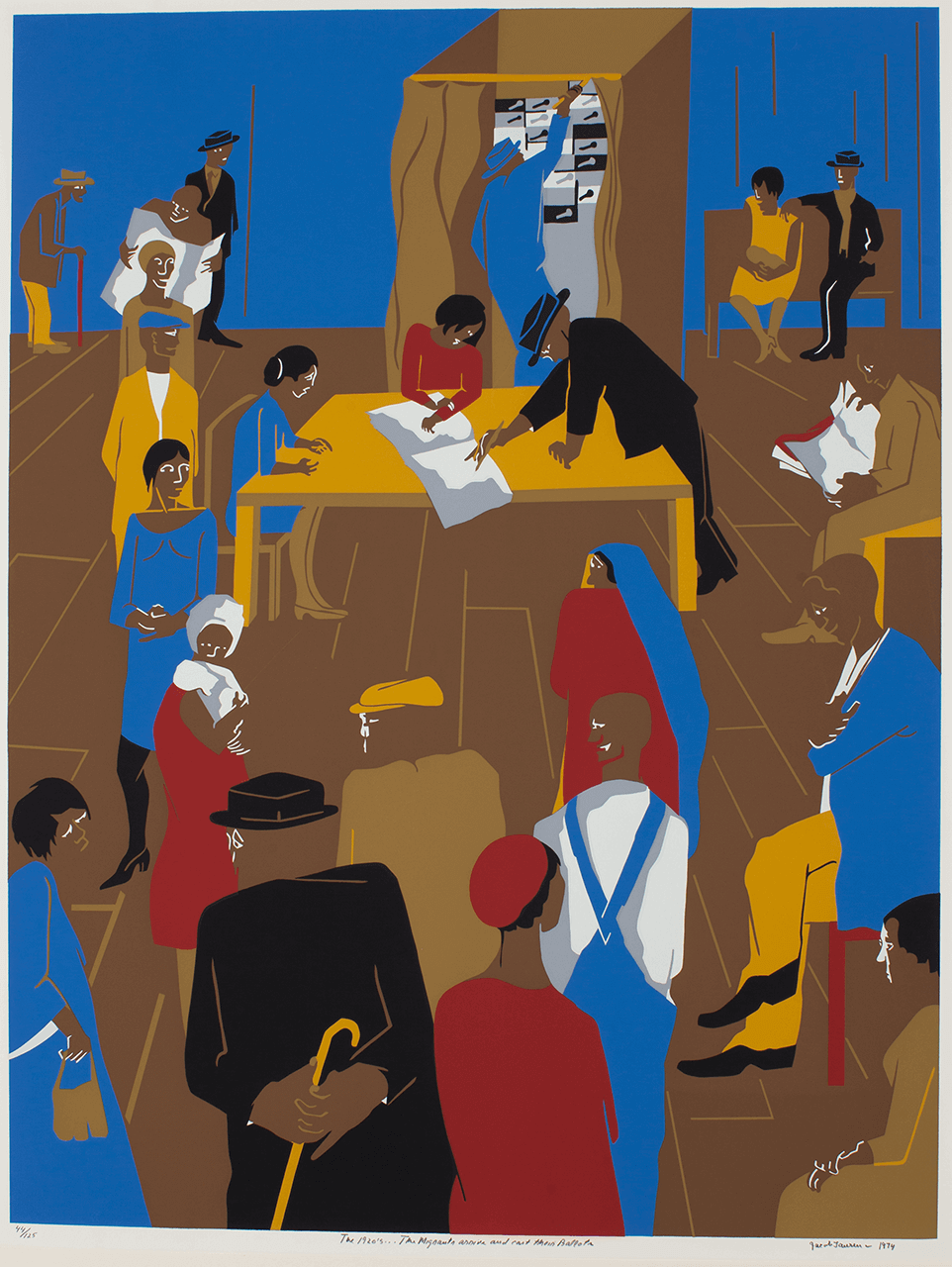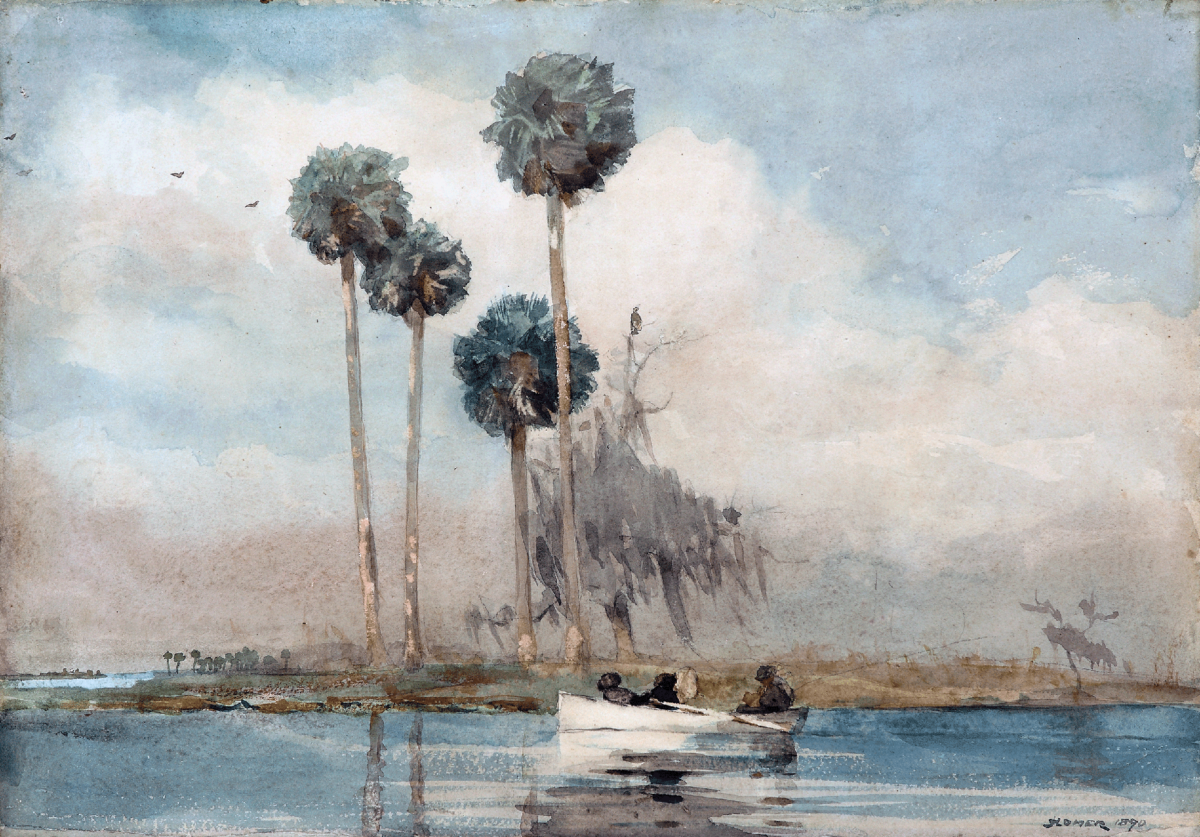Over the years, the Cummers amassed a considerable collection of ornaments for the gardens. They acquired antique pieces but also included new pieces made by the leading artisans of the day. At one time there were more than 70 ornamental objects in the gardens, ranging from English lead urns, terra-cotta jars, majolica urns, and Chinese jardinières to 16th-century bronze faucets from Germany. Eleven marble pieces, acquired in Italy in 1931, are the centerpieces of their collection. The most important in this group is the stately three-tier stone fountain. Two Roman corner seats, a seated lion, several lion-motif benches, and a table provided the garden with a sense of antiquity. English lead peacocks once strutted on the lawn and lead figures of cherubs representing the Four Seasons stood atop brick posts in the English Garden.
Among the most significant pieces in the gardens are those crafted by William R. Mercer, Jr. (1862–1939), an artist-designer from Doylestown, Pennsylvania, who specialized in cast-concrete decorative ornaments. In all, the Cummers purchased seven of William Mercer’s pieces for their garden, including a pair of Byzantine-style bird baths with turtles (modeled after the original in Ravenna) for the English Garden as well as a pair of cast-stone pedestal urns and a roundel composed of two intertwined birds for the Italian Garden.
Other outstanding pieces in the Cummer Gardens included the bronze statue, Diving Boy, by the African American sculptor, Augusta Savage (1892–1962) (today the sculpture is exhibited in one of the museum’s galleries). Pierino da Vinci’s Two Children with a Goose, the centerpiece of the English Garden today, is a cast of the original from the Victoria and Albert Museum, London. A statue of Mercury is located in the Olmsted Garden.
In the museum era, Anna Hyatt Huntington (1876–1973) donated a life-size bronze cast of her renowned Diana of the Hunt, originally created in 1922, to the museum in 1960. Running Boy (c. 1923) by Janet Scudder (1869-1940) was added to the courtyard in 2002. In 2008, The Sea of the Ear Rings (2008) by Takashi Soga (b. 1952) was added to the front entrance of the Museum. In 2013, the Weaver Sculpture Garden was also added to the Riverside Avenue frontage and contains several works from the Permanent Collection, including William Zorach’s Spirit of the Dance and Archie Held’s Lovers (2000).


